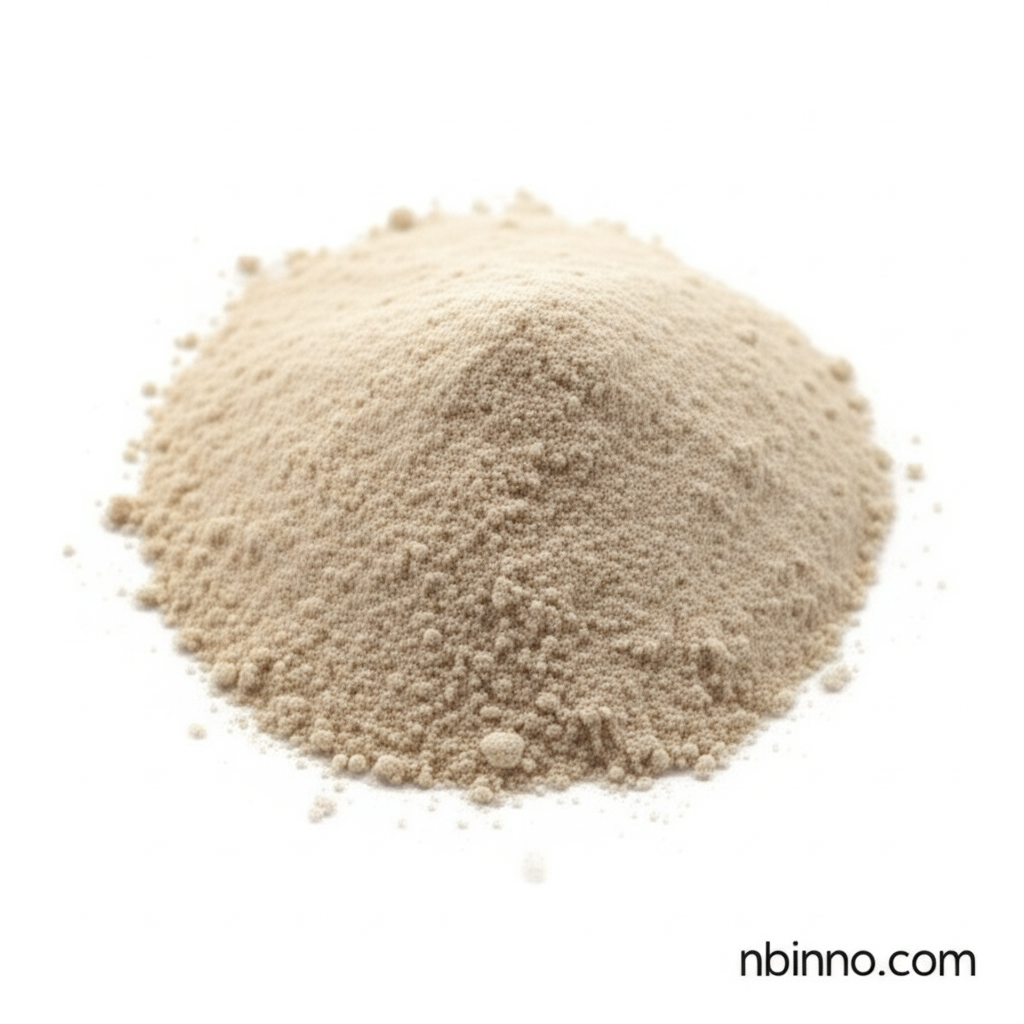5-Fluoro-1H-indole-3-carboxylic Acid: A Versatile Intermediate for Organic Synthesis and Pharmaceutical Development
Explore the critical role of this fluorinated indole derivative in advancing chemical synthesis and drug discovery.
Get a Quote & SampleProduct Core Value

5-Fluoro-1H-indole-3-carboxylic acid
As a specialized organic compound, 5-Fluoro-1H-indole-3-carboxylic acid (CAS: 23077-43-2) stands out as a crucial building block in the realm of chemical synthesis. Its molecular formula, C9H6FNO2, and weight of 179.148 g/mol highlight its compact yet significant structure.
- Discover the key properties that make 5-Fluoro-1H-indole-3-carboxylic acid essential for various chemical synthesis processes.
- Understand why this intermediate is a sought-after compound for researchers and manufacturers in the pharmaceutical and agrochemical sectors.
- Learn about the significant role of fluorinated compounds, like this indole derivative, in enhancing biological activity in medicinal chemistry.
- Explore the stability and purity (≥97.0%) of 5-Fluoro-1H-indole-3-carboxylic acid, ensuring reliable performance in downstream applications.
Key Advantages of Using This Intermediate
Enhanced Reactivity
The presence of a fluorine atom in the indole ring of 5-Fluoro-1H-indole-3-carboxylic acid significantly influences its electron distribution, increasing reactivity in crucial electrophilic substitution reactions. This makes it an effective component for the synthesis of novel therapeutic agents.
Pharmaceutical Significance
Indole derivatives are fundamental in creating pharmaceuticals. The fluorinated structure of 5-Fluoro-1H-indole-3-carboxylic acid specifically enhances its potential in medicinal chemistry, aiding in the development of drugs targeting complex diseases, thus serving as a valuable pharmaceutical intermediate 5-Fluoro-1H-indole-3-carboxylic acid.
Versatile Chemical Building Block
Beyond pharmaceuticals, its utility extends to agrochemicals and advanced materials, showcasing its versatility. As one of the vital chemical synthesis building blocks, it opens up pathways for creating complex molecular architectures.
Key Applications
Organic Synthesis
Facilitates complex molecular construction, making it essential for custom synthesis projects and the creation of specialized compounds in various organic synthesis pathways.
Pharmaceutical Research
Serves as a critical intermediate for developing new drugs, particularly in areas like oncology and neurology, leveraging the unique properties of medicinal chemistry indole derivatives.
Agrochemical Development
Contributes to the synthesis of advanced agrochemicals, offering potential for more effective and targeted pest control solutions through its unique structure.
Materials Science
Explored for its potential in developing novel functional materials, such as organic semiconductors, which are crucial for advancements in electronics.
